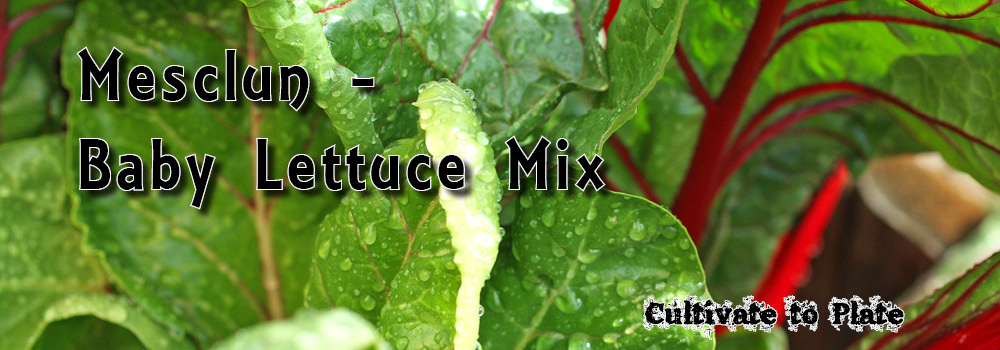Fennel is grown as both an herb and a bulb vegetable. The herb variety, Foeniculum vulgare, is a perennial herb that looks very similar to dill. It has a characteristic licorice-like flavor. The flavor is very similar to anise, and although the seeds look the same, for identification anise seeds are smaller than fennel seeds. Fennel herb is grown for both its delicate leaves and attractive flowers and seeds.
The bulbing fennel, Foeniculum vulgare dulce, is related to the herb fennel but is a different variety. It is often called ‘Florence fennel’ or finnochio. It looks like a fatten version of a celery base, and tastes strongly of licorice as well. To use a fennel bulb, cut off the stalks, trim the base, then cut in quarters and remove the core. Then slice as desired or how ever the recipe calls for cutting the fennel bulb.
Growing Fennel
Fennel Herb
If in colder climates, grow the herb fennel as an annual. Sow the seeds in an area of the herb garden where it will have a place year after year. They do not transplant well so it is best to grow directly in the dirt. The plant likes full sun and a rich, well drained soil. Fennel can grow very tall, and are susceptible to toppling over in high winds so place them in a sheltered area if they will be grown in a wind tunnel. Snip as needed for fresh herbs, or cut the entire plant and hang to dry for dried herbs. To collect the seeds, harvest when the plant turns brown but just before the seeds pop, and hang to dry in bags to collect the seeds as they release.
Fennel Bulb
Sow the seeds in early spring, directly in the garden soil, for summer harvest and late summer for fall harvest. Once the seeds germinate, the taproots go straight down and can snap easily. They seem to do better just being planted in the ground. They like sun, and lots of water when starting out. To keep the bulbs white, as they grow and begin to emerge from the ground, pile up the dirt around them to keep the sun away. Otherwise, they will naturally turn a little green above the ground.


